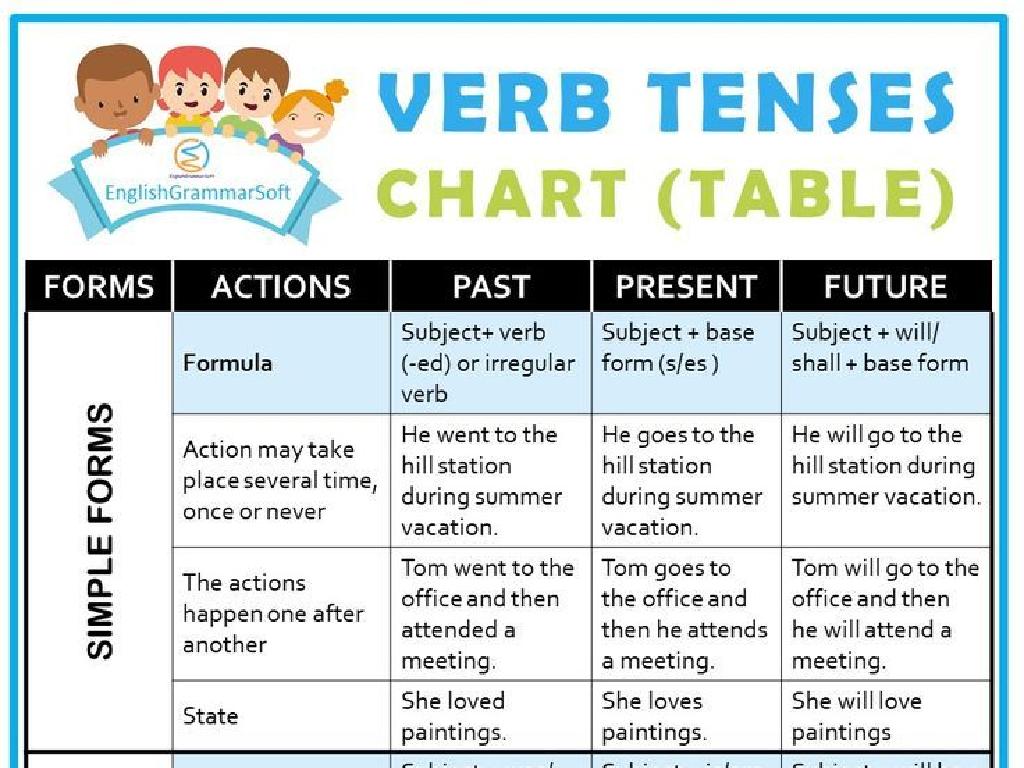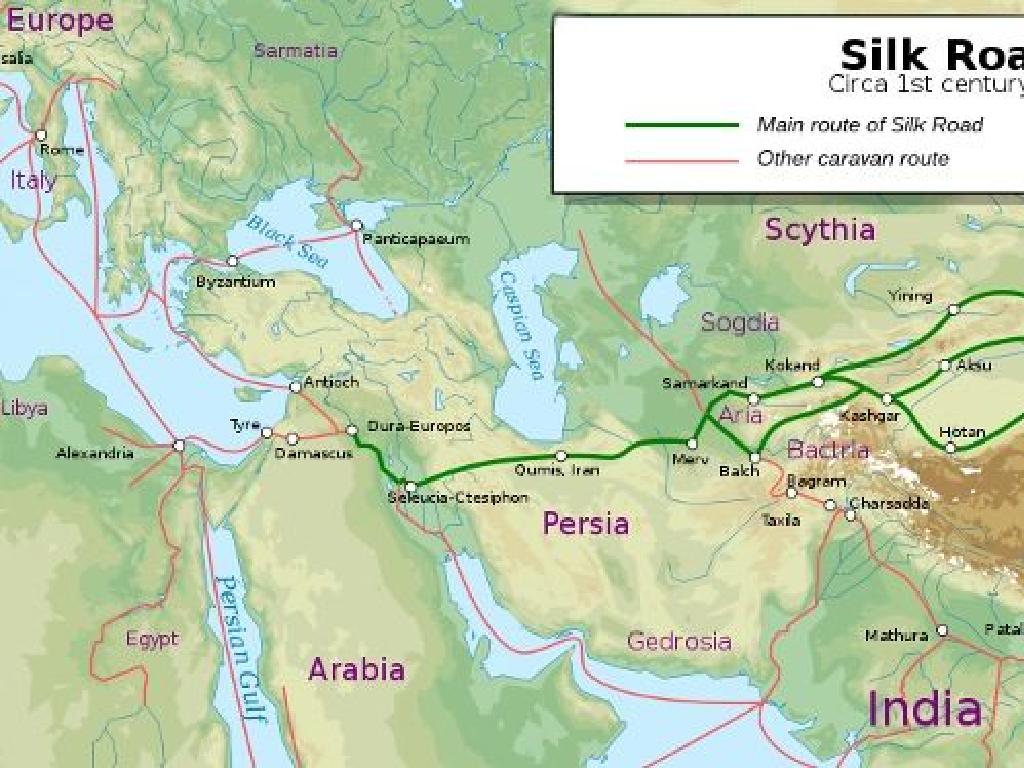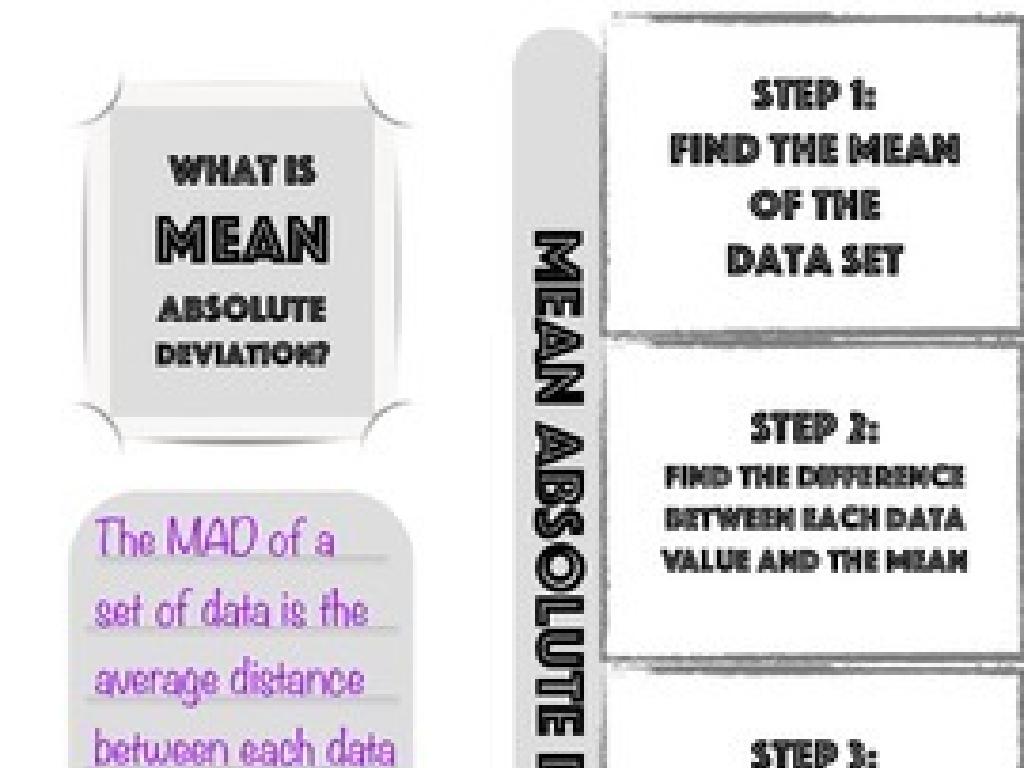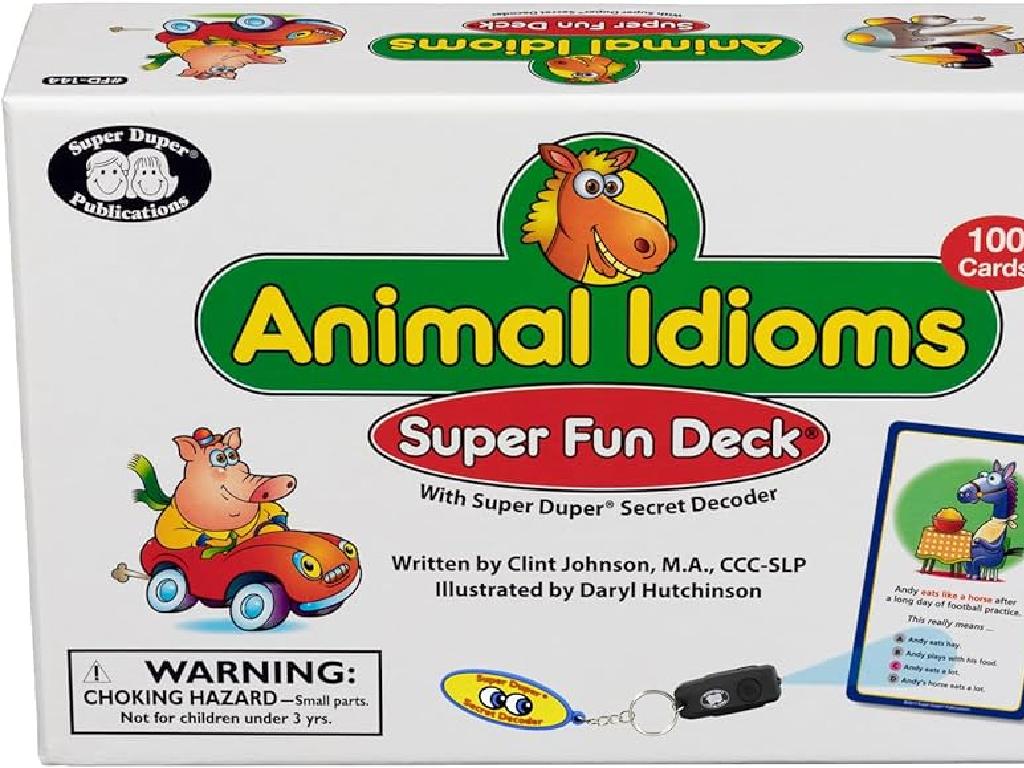Construct Animal Life Cycle Diagrams
Subject: Science
Grade: First grade
Topic: Animals
Please LOG IN to download the presentation. Access is available to registered users only.
View More Content
Welcome to Animal Life Cycles!
– Animals grow just like you!
– Life stages: birth to adulthood
– Think of a baby, a kid, and a grown-up
– Each animal has a unique cycle
– For example, a frog starts as an egg, then tadpole, then froglet, then adult frog
– Let’s draw life cycle diagrams!
|
This slide introduces first graders to the concept of animal life cycles. Start by drawing parallels between their own growth and that of animals to make the content relatable. Explain that all animals, including humans, go through different stages of life. Use simple terms to describe each stage from birth, through growth phases, to adulthood. Highlight that each animal has a unique life cycle, using the frog as an example to illustrate the stages. Encourage the students to think about other animals they know and what stages they might have. The activity involves drawing life cycle diagrams, which will help solidify their understanding of the concept. Provide guidance on how to represent each stage visually and ensure to have a discussion afterward where students can share their diagrams and observations.
Understanding Life Cycles
– What is a life cycle?
– A life cycle is how a living thing grows and changes over time.
– Each animal’s unique cycle
– Like butterflies have different stages than frogs!
– Life cycle stages
– Starts with birth, then growing up, and finally, adults.
– Birth to creating new life
– Animals grow up and can have babies, starting the cycle again.
|
This slide introduces the concept of life cycles to first-grade students. Begin by explaining that a life cycle is the series of changes an animal goes through from the beginning of its life until it can create new life. Emphasize that each animal has a unique life cycle, which can be exciting to learn about. Use simple language to describe the stages starting from birth, growing into an adult, and then having babies of their own. Encourage students to think about their own growth as a relatable example. You can prepare to show diagrams or models of life cycles in the next class to visually support these concepts.
The Butterfly Life Cycle
– Butterflies begin as eggs
– Tiny eggs are laid on leaves
– Eggs hatch into hungry caterpillars
– Caterpillars munch leaves to grow big
– Caterpillars change in a chrysalis
– Inside the chrysalis, caterpillars turn into butterflies
– Adult butterflies lay new eggs
– The cycle continues with butterflies laying eggs
|
This slide introduces the concept of life cycles using the example of butterflies, which is both fascinating and easy to understand for first graders. Start by explaining that all butterflies begin life as very small eggs, usually laid on leaves. Once the eggs hatch, they become caterpillars, which need to eat a lot of leaves to grow. After eating and growing, caterpillars form a chrysalis, also known as a cocoon, where they undergo a transformation called metamorphosis to become butterflies. The cycle is complete when these adult butterflies lay eggs of their own. Use simple language and encourage students to think about how this cycle is a natural pattern in the animal world. You can bring in a chart or pictures of the butterfly life cycle for visual aid.
The Frog Life Cycle
– Frogs start as eggs in water
– Eggs are laid in ponds or wet areas
– Tadpoles hatch from eggs
– Tadpoles swim and have gills like fish
– Tadpoles turn into frogs
– They grow legs and their tails shrink
– Adult frogs lay eggs
– The cycle begins again with new eggs
|
This slide introduces the life cycle of a frog, which is a great example to help first graders understand the concept of life cycles in animals. Start by explaining that all frogs begin life as eggs in the water. Show how these eggs hatch into tadpoles, which are baby frogs that can swim and breathe underwater like fish. As they grow, tadpoles undergo a transformation, developing legs and losing their tails to become adult frogs. Finally, emphasize that adult frogs will lay eggs, continuing the cycle. Encourage students to think about how this cycle is a pattern that repeats over and over, and relate it to other life cycles they may know.
Your Turn: Draw an Animal Life Cycle
– Pick your favorite animal
– Think about its life stages
– Birth, growth, reproduction, and adult
– Draw the life cycle circle
– Start with birth and move clockwise
– Label each stage clearly
– Use words like ‘egg’, ‘tadpole’, or ‘puppy’
|
This activity is designed to help first graders understand the concept of life cycles by visualizing them through drawing. Encourage the students to choose an animal they are familiar with and interested in. Guide them to think about the different stages in that animal’s life, such as birth, growth, reproduction, and adulthood. Provide them with a circular template to represent the cyclical nature of life stages. Assist them in drawing and labeling each part of the cycle, ensuring they understand the sequence of stages. For example, a frog’s life cycle might include egg, tadpole, juvenile, and adult frog. This hands-on activity will reinforce their understanding of life cycles and help them recognize patterns in nature.
Class Activity: Create an Animal Life Cycle Diagram
– Pair up with a classmate
– Draw and label the life cycle stages
– Include stages like birth, growth, reproduction, and adult
– Use pictures and words in your diagram
– For example, a butterfly’s stages are egg, caterpillar, pupa, and adult
– Present your diagram to the class
|
This activity is designed to help students understand the concept of life cycles by creating a visual representation. In pairs, students will choose an animal, research, and draw the stages of its life cycle. They should label each stage and use both images and words to describe them. Encourage creativity and ensure they understand the sequence of the life cycle. After completion, each pair will present their diagram to the class, explaining each stage. This will reinforce their understanding and help them practice public speaking. Possible animals to choose from include butterflies, frogs, chickens, or plants. Provide guidance and support throughout the activity.
Life Cycle Wonders
– Congratulations on learning life cycles!
– Each animal’s growth is unique
– Like how a caterpillar becomes a butterfly
– Share your knowledge with family
– Tell your family how a frog grows from an egg
– Keep exploring life cycles!
|
This slide is meant to wrap up the lesson on animal life cycles. It’s a moment to celebrate the students’ understanding of how different animals grow and change. Encourage them to take pride in what they’ve learned and to continue their curiosity at home by discussing with their families. You can suggest that they draw their favorite animal’s life cycle or explain the stages of a frog’s development as examples. This reinforces their learning and helps them articulate their knowledge in a familiar setting.






